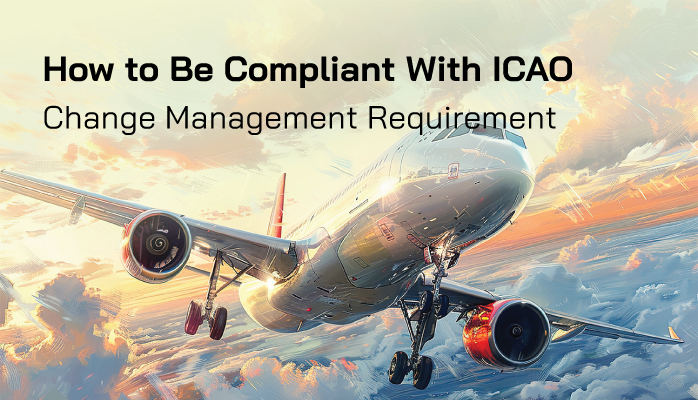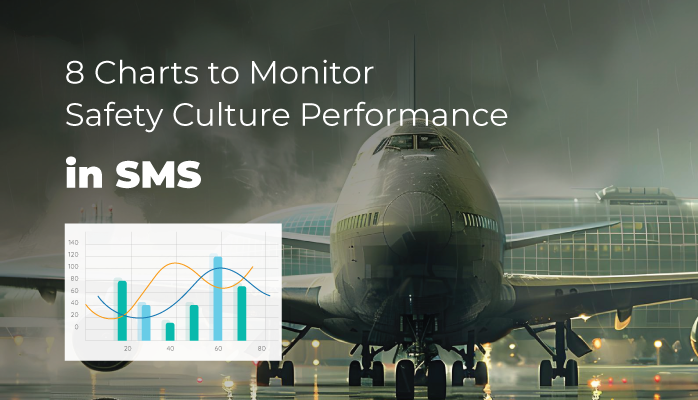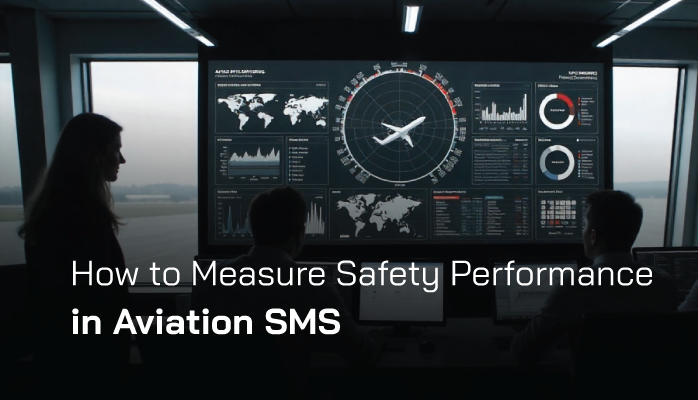What Is Change Management
Management of change in aviation SMS is a formal process for facilitating changes in safety programs. Usually, this process is instigated when required changes are going to affect higher-level, systems in the SMS. Smaller changes are handled with corrective actions.














